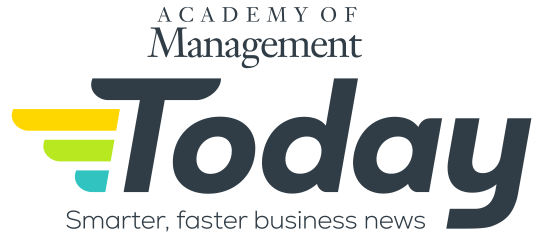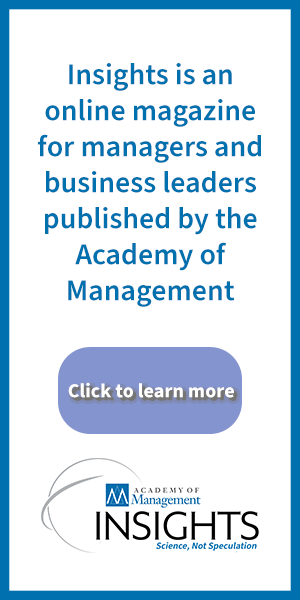Published on: July 8, 2025 at 3:59 pm
In persuasion, whether it’s gaining support for a business plan, selling a product or service, or seeking forgiveness after a misstep, it’s crucial to pay attention to emotions and respond in kind. Academy of Management Scholar Tim Pollock of the University of Tennessee, Knoxville said it’s most effective to show people that you’ve actually listened to them and tried to understand how they’re feeling, rather than argue with them based on logic or data.
Pollock said many organization leaders face challenges responding to emotional problems or reactions with rational analyses and logical arguments.
“You can’t have an emotional impact by relying solely on logical reasoning, and it isn’t going to have the effect that you hope for,” Pollock said. “If we’re having a rational discussion, we’re being analytical and saying, ‘Okay, let’s look at the data. Let’s figure out what’s going on.’
“That can work really well in some cases, but when I’m reacting emotionally, trying to explain to me why I’m wrong or why things aren’t as bad as I feel they are, or providing me with data is not going to be an effective strategy,” he said. “Parents know this; think about if you’ve tried to have a rational argument with your kid when they’re in the middle of a meltdown—it doesn’t work very well, and so it’s the same principle.
“You have to read of the situation, understand where the emotions are coming from, and address the source of the emotions, not try to provide an analytical assessment—you can’t answer emotions with analysis.”
A related communications pitfall to avoid is making a crisis-management statement that deflects responsibility, comes off as insincere, or doesn’t contain an actual apology.
“In the face of misconduct, they’ll try to rationalize stuff, as opposed to just saying ‘You’re right; I’m sorry’ or to go back to Bill Clinton, ‘I feel your pain,’” Pollock said. “If you say that and apologize and mean it, it’s more effective at diffusing the situation.
“Do not give the performative non-apology or deflection of blame and accountability,” he said. “‘We’re very sorry, but it isn’t really our fault, but we’re still sorry this happened to you,’ as opposed to, ‘We’re sorry we did something,’ and a lot of their apologies sound more like ‘We’re sorry we got caught,’ as opposed to, ‘We’re sorry for what we did.’”
A sample of Pollock’s AOM research findings:












